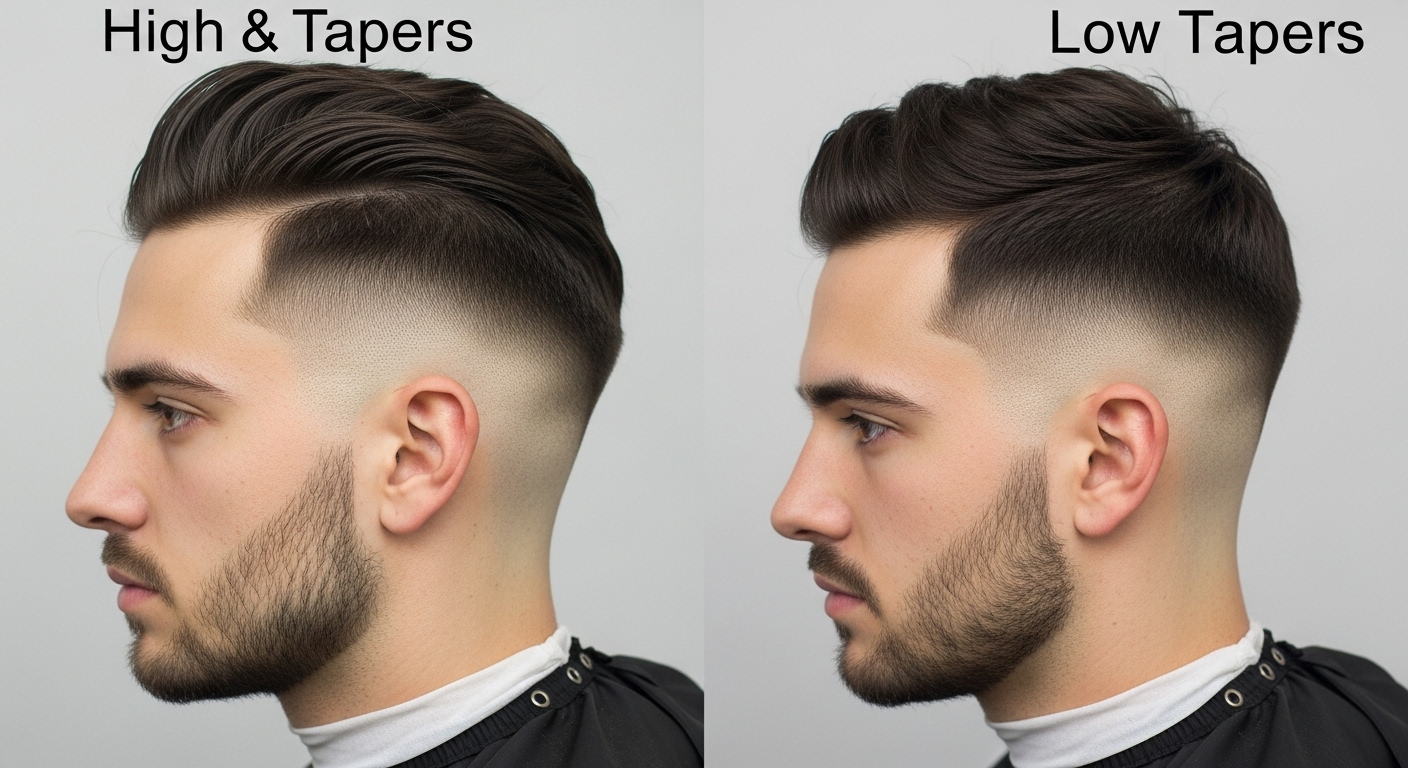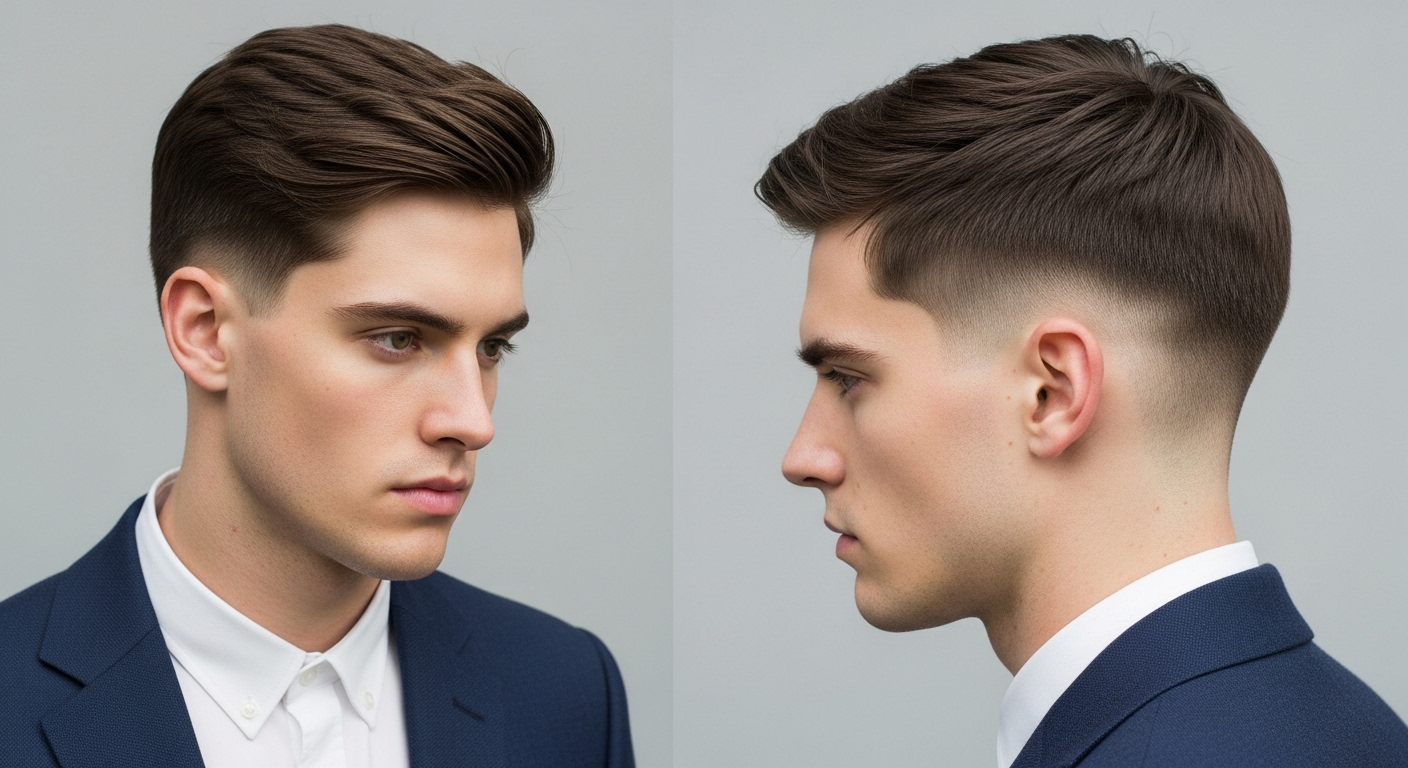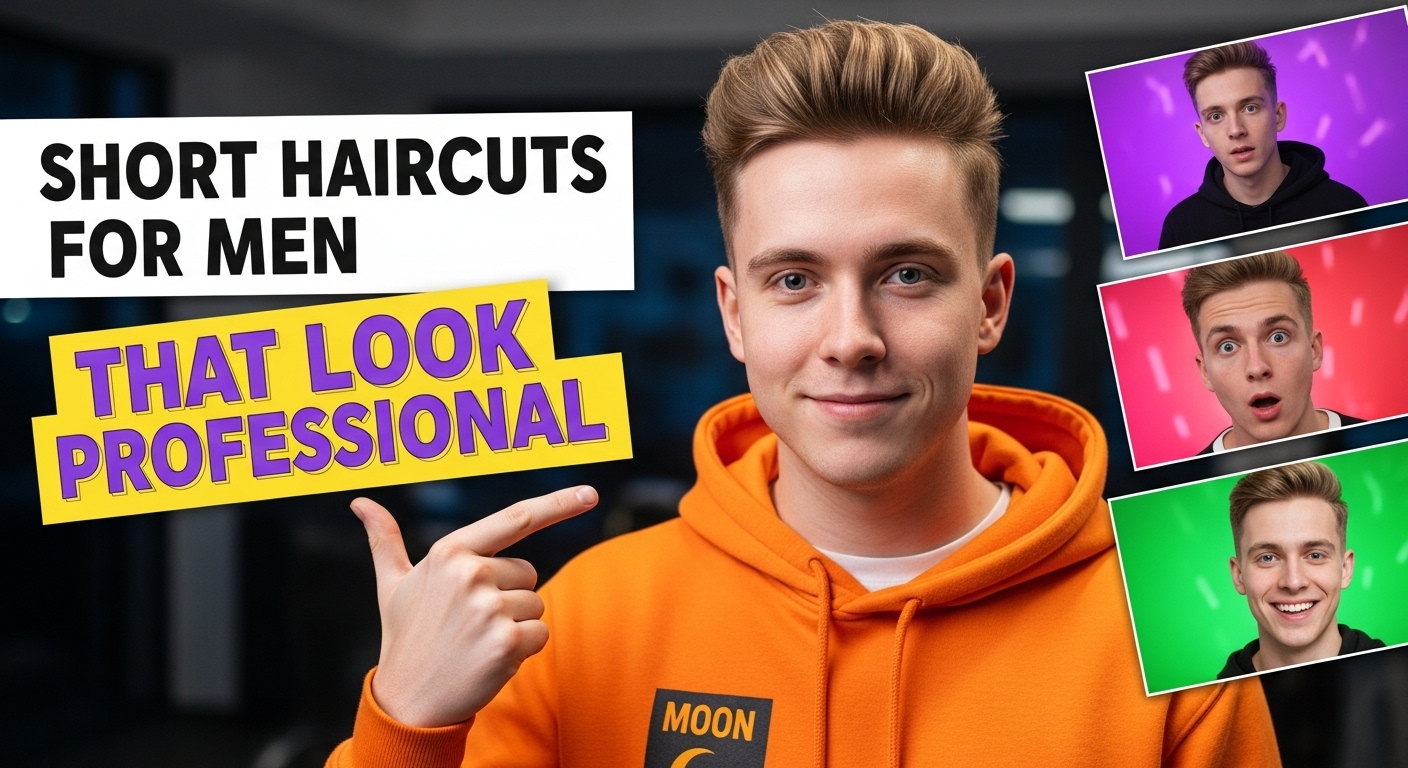High taper vs low taper is a hair fade that has been debated a lot lately. They each come with their own look, making you feel clean, fresh, and young; however, they tend to be the favorite of different people with different face shapes. The former provides more emphasized, cutting-edge style as the gradation starts higher on the sides, while the latter is more subdued and barely reaching the neck. If you are in the middle of the two, this article will explain everything about high taper vs low taper to you–so you can go to the barbershop without fear but self-assurance.
It is all attractive on the part of high taper vs low taper because one word that is the choice of high or low confers the attribute your whole cut most appropriately. In finding the combination that suits you and then also duplicating it, the placement of the taper is more than crucial than you probably realize and is more impactful also.
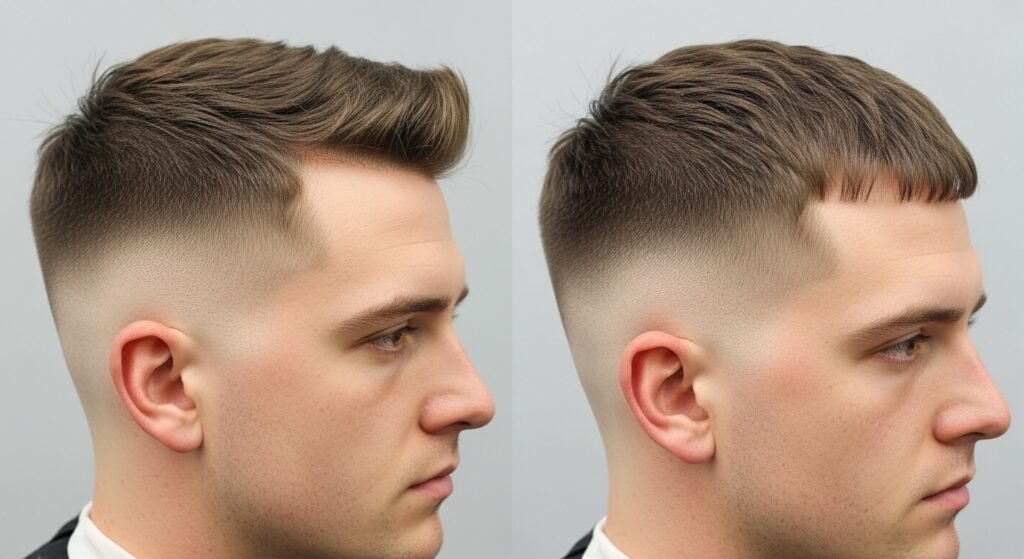
What Is a Taper Fade Haircut?
A taper fade haircut is when your hair gets gradually shorter as it goes down the sides and back of your head — eventually blending into your neck or skin. It doesn’t always hit bald skin like a full fade; it just gets tight. Clean. Smooth.
It’s not flashy by itself but it’s the foundation of so many styles. Whether you want waves, curls, or a slick part, a taper is that base that makes the whole thing look put together.
Breaking Down the Types: High, Low, Mid
Let’s not overcomplicate it. Think of it like this:
- Low Taper: The blend happens way down, around the top of your ears. Subtle.
- Mid Taper: Sits somewhere in between — around the temples. Balanced.
- High Taper: Starts up near the top of your head. Bold. Clean. A little more in-your-face.
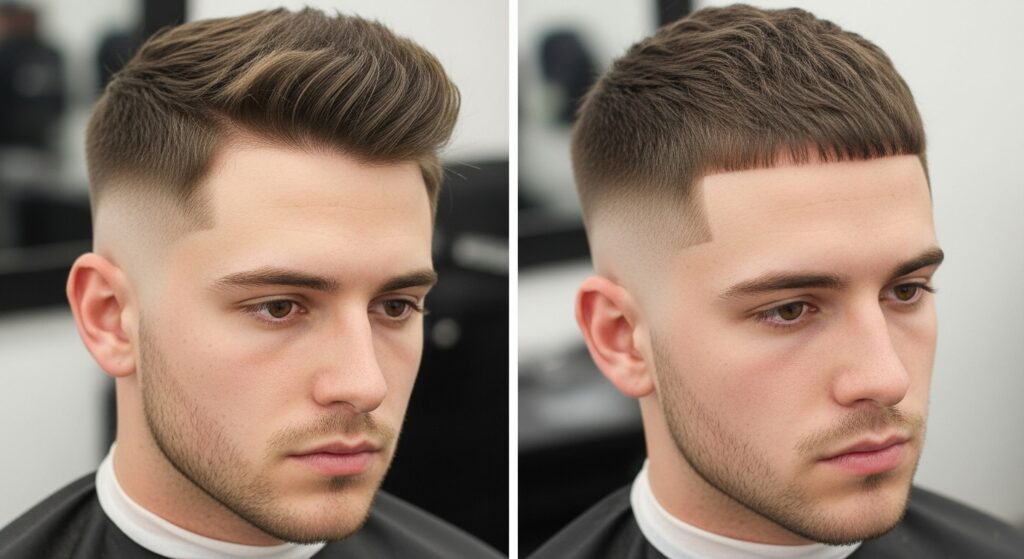
It’s all about where that fade starts. The higher it starts, the more dramatic the look.
What Is a High Taper Fade?
The high taper fade kicks off up near your temple area. From there, the fade drops fast — skin-close, real quick. It’s sharper, more defined, and definitely makes a statement. If you’re the kind of guy who likes your cut to pop, this one’s for you.
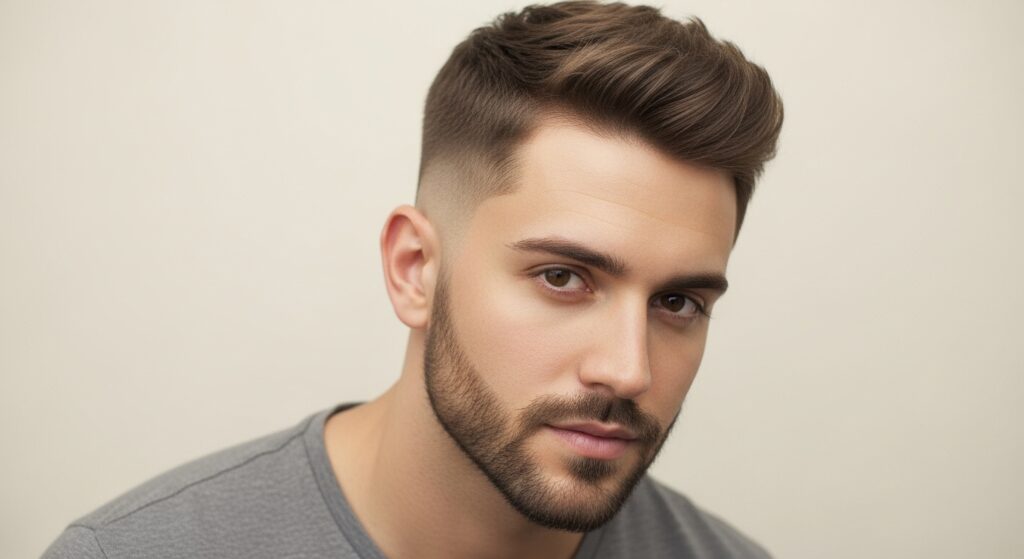
It works especially well if you’ve got volume on top — curls, locs, or just some messy texture.
Who It Looks Best On
Barbers usually recommend this fade to:
- Guys with round faces, it adds angles, stretches things out a bit.
- Oval face shapes honestly, they can rock anything.
- Anyone looking for something modern and bold.
But hey, rules aren’t rules. If you like it, wear it.
What Is a Low Taper Fade?
Man, this one’s all about finesse. It starts down low — just a little above your ears — and gives a super clean, soft blend into your neck. Nothing too wild, just a solid, classy finish.
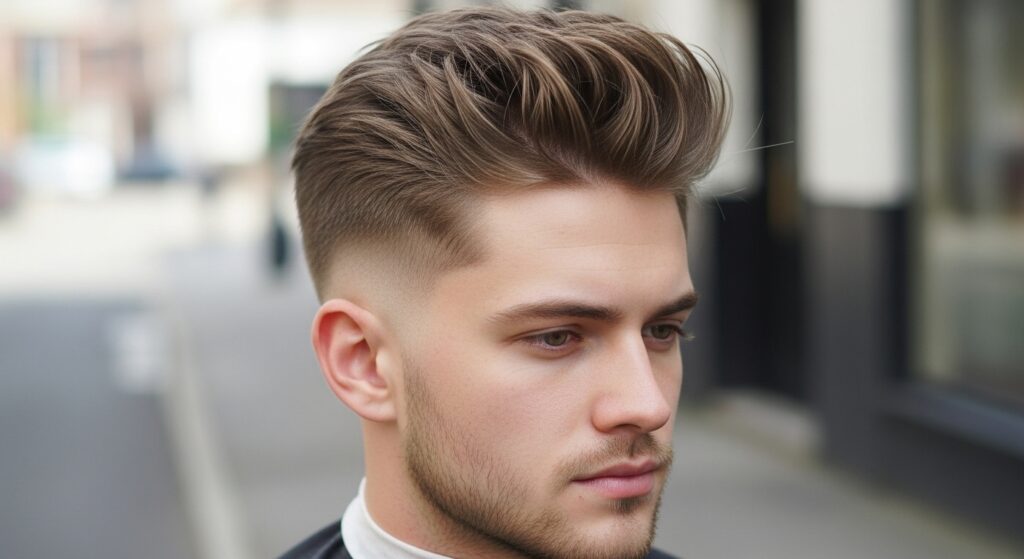
This cut’s perfect for dudes who want something subtle. It’s especially good in professional settings or if you’re not into flashy cuts.
Great For These Situations
- You’ve got wavy or curly hair and wanna keep that shape up top
- You’re in the corporate world and still need to stay fresh
- You like pushing your cuts out a bit — this fade holds up well for 2–3 weeks
High Taper vs Low Taper: Comparison Guide
Okay, here’s where it gets real. Let’s stack these fades side-by-side.
Looks & Visual Appeal
- High Taper: Bold. More contrast. Definitely turns heads.
- Low Taper: Smooth. Blended. Grown-man type vibe.
Upkeep & Maintenance
- High Taper: You’ll be back in the chair every 1–2 weeks if you want to keep it clean.
- Low Taper: A bit more forgiving. You could stretch it out to 3 weeks.
Style Flexibility
You can rock most styles with either, but:
- High Taper goes better with high-volume styles — afros, sponges, messy tops, locs.
- Low Taper looks dope with waves, short curls, or a low Caesar cut.
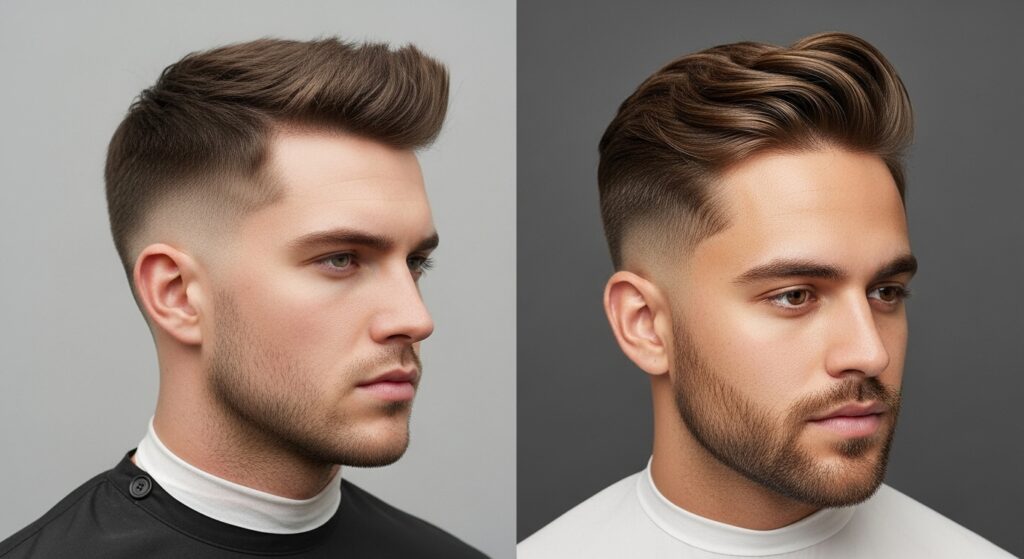
Best Hairstyles to Pair With Each Taper Type
Alright, time to get creative. Let’s pair some cuts with their best taper match.
High Taper Goes Well With:
- Twist-outs, sponged curls, short afros
- Blowouts
- Sharp Caesar fades
- Fauxhawks
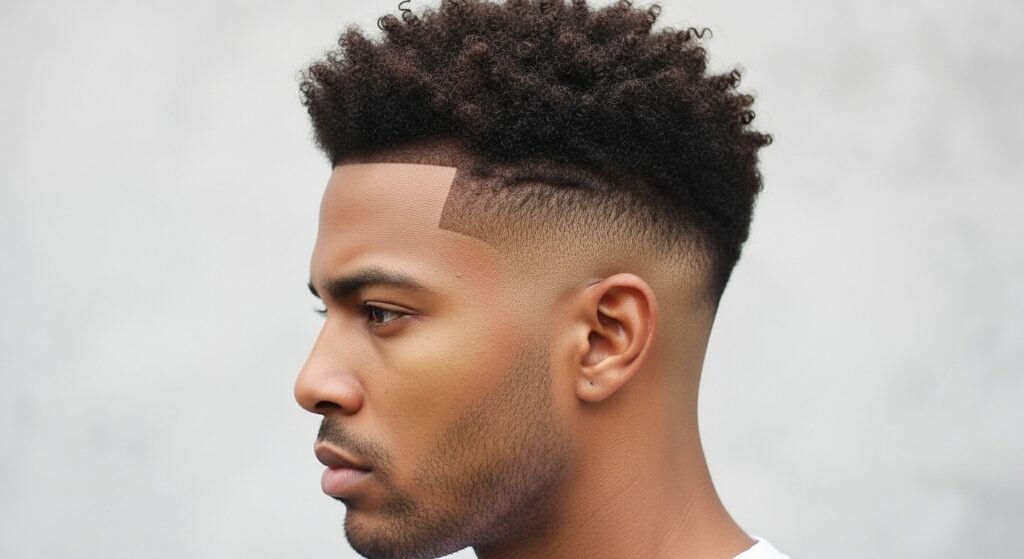
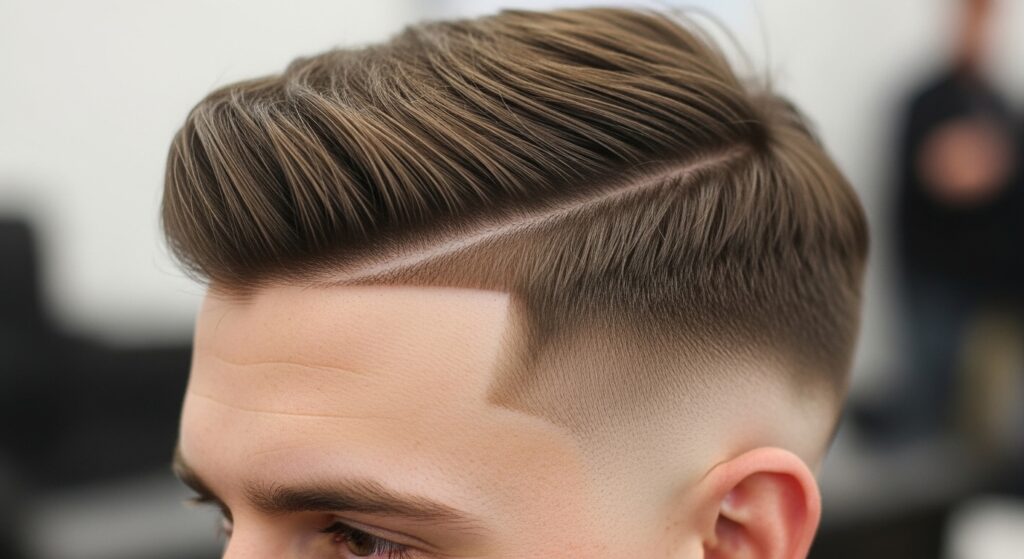
Low Taper Matches With:
- Brushed waves
- Low pomps or slick backs
- Textured fringe
- Straight cuts with edge-ups
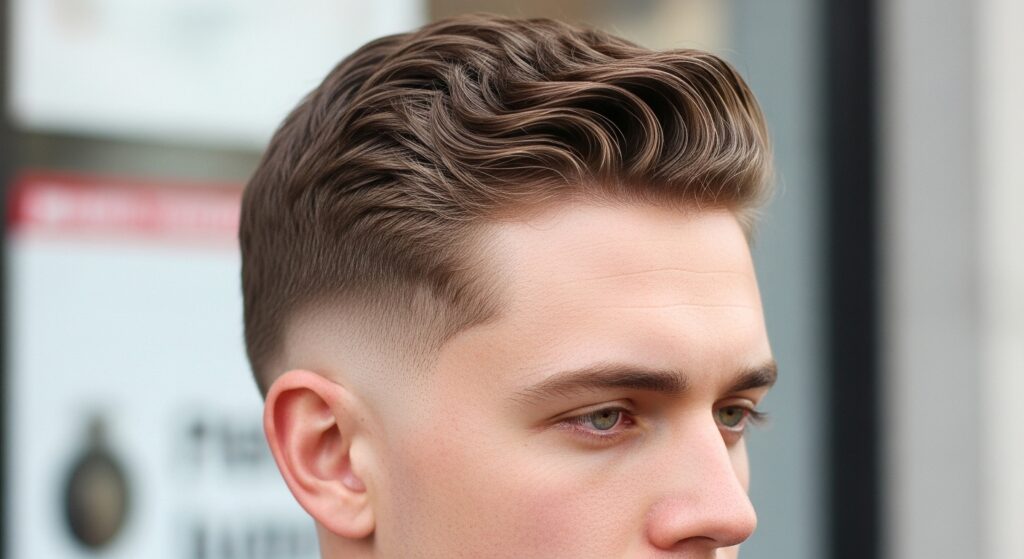
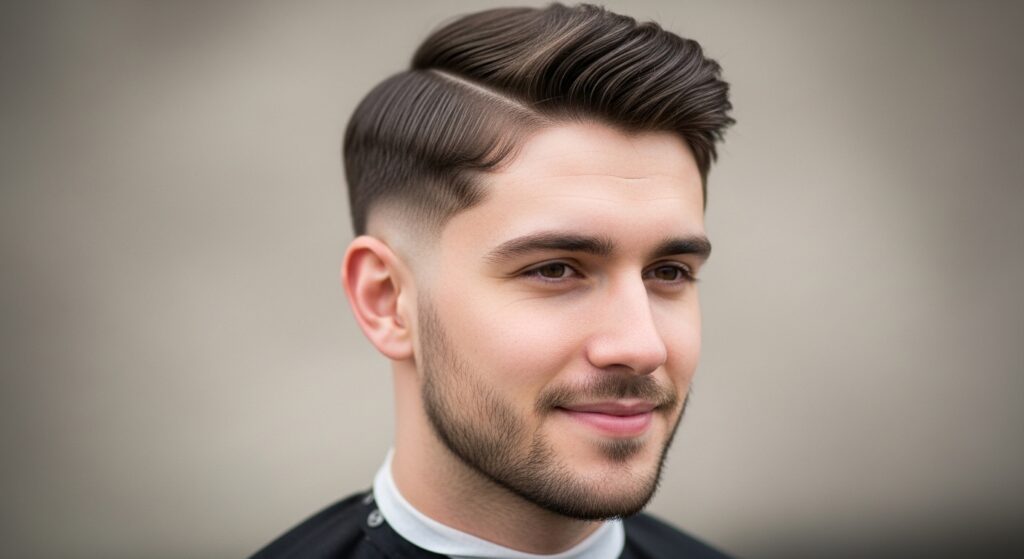
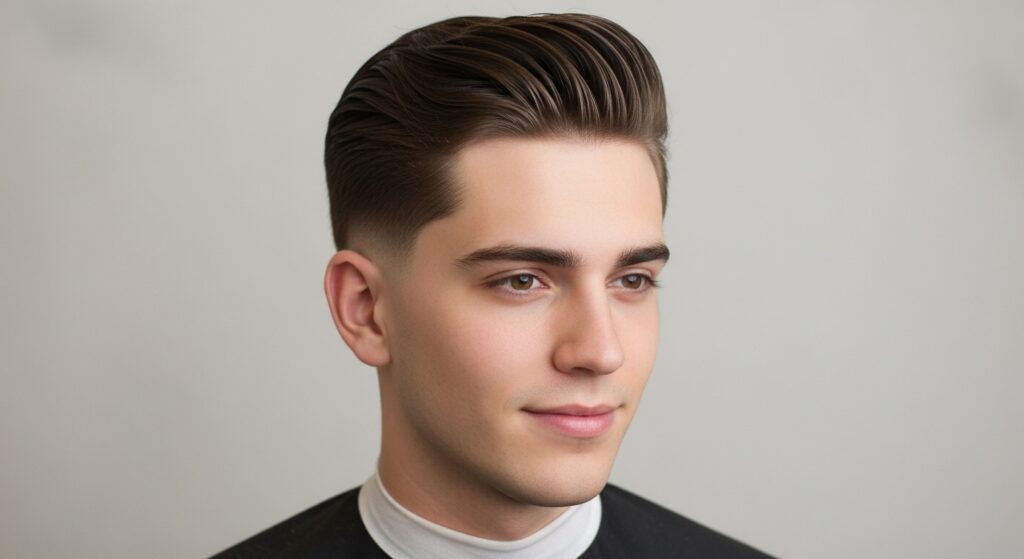
Barber Tips – Match It to Your Face and Hair Type
Let me be real — not every cut fits every head. Here’s the rundown:
- Thick or curly hair? High tapers help reduce bulk and keep things controlled.
- Straight or thinner hair? Low tapers blend smoother and look more natural.
- Got a round face? Go high to add shape.
- Long/narrow face? A low taper balances things out.
Still not sure? Show your barber a few pics. Trust me, we’d rather know your vibe upfront than guess halfway through the cut.
Common Mistakes I See in the Shop
- Asking for a taper but meaning a fade — totally different.
- Going too high with the taper and ending up with a weird mohawk thing.
- Skipping the line-up — a taper without a crispy hairline? Nah, bro.
- Not knowing your head shape — some tapers need minor adjustments to hit right.
Just speak up, ask questions, and don’t settle for a cut you’re not feeling.
FAQ
Q: Is a high taper more modern than low?
A: Depends who you ask, but yeah — the high taper’s been hotter in the streets lately. It’s more noticeable and pairs better with bold styles.
Q: Does low taper work with curly hair?
A: For sure. Especially if you’re keeping the curls full on top. Just keep the sides clean and let the texture do its thing.
Q: Can I throw a design in with a taper?
A: 100%. High tapers give you more canvas for freestyle parts or simple side designs.
Q: How often should I be getting my taper touched up?
A: Every 1–2 weeks for high tapers if you want that fresh look. Low tapers? You might squeeze out 3 weeks, maybe more if you’re not picky.


